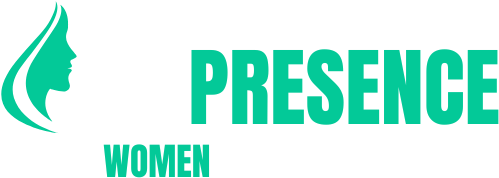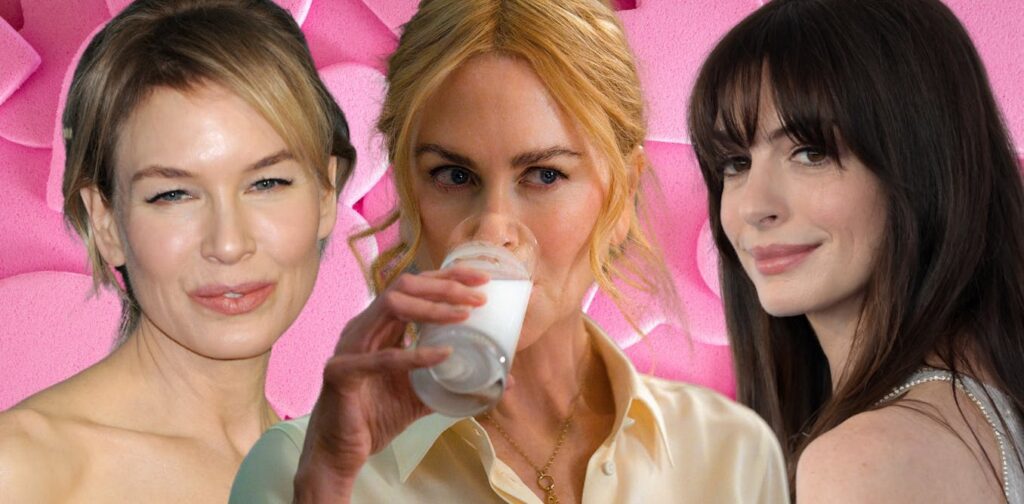The stereotype of the “cougar,” “milf,” or “Mrs. Robinson”—which portrays an older woman desperately chasing a younger, indifferent man—is being challenged by a wave of Hollywood films that feature older women romantically paired with younger men.
For decades, cinematic depictions have predominantly showcased relationships between older men and younger women, a practice rooted in Hollywood’s silent film era and reflective of societal norms worldwide. In stark contrast, the actual average age difference in relationships in the West is much smaller, with men and women in the US typically having an average gap of only 2.2 years.
However, research published in December on heterosexual relationship preferences in Europe revealed that men tend to favor younger female partners, with this preference widening as men age. Conversely, as women grow older, they typically opt for partners closer to their age, often preferring slightly younger companions as they reach their 60s.
Historical Context of Age Gaps in Hollywood
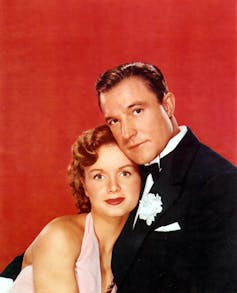
Entertainment Pictures/Alamy Stock Photo
Many classic Hollywood films have prominently featured significant age disparities. In Singin’ in the Rain (1952), Debbie Reynolds, at just 19, starred opposite the 40-year-old Gene Kelly. Similarly, Kim Novak was paired with the 50-year-old James Stewart at the age of 25 in Vertigo (1958), and Maria Schneider acted alongside 49-year-old Marlon Brando when she was just 19 in Last Tango in Paris (1972).
Both Reynolds and Schneider have shared their experiences regarding the troubling power dynamics on set. Reynolds recalled feeling assaulted when Kelly unexpectedly kissed her, while Schneider accused Brando and director Bernardo Bertolucci of sexual assault.
More modern examples of significant age gaps include the pairing of 30-year-old Catherine Zeta-Jones with 69-year-old Sean Connery in Entrapment (1990) and 27-year-old Eva Mendes opposite 47-year-old Denzel Washington in Training Day (2001). Notably, Laura Dern has expressed that her 20-year age difference with Sam Neill in Jurassic Park (1993) now feels “completely inappropriate.”
Reversing the Narrative
As audiences grow weary of Hollywood’s tendency to cast younger actresses alongside much older male stars, there’s an increasing demand for change.
The casting of Cillian Murphy and Florence Pugh in Oppenheimer (2023) drew criticism due to their 20-year age difference, particularly given the film’s inclusion of prolonged nudity from Pugh, increasing discomfort for viewers since the age gap surpassed that of the characters they portrayed.
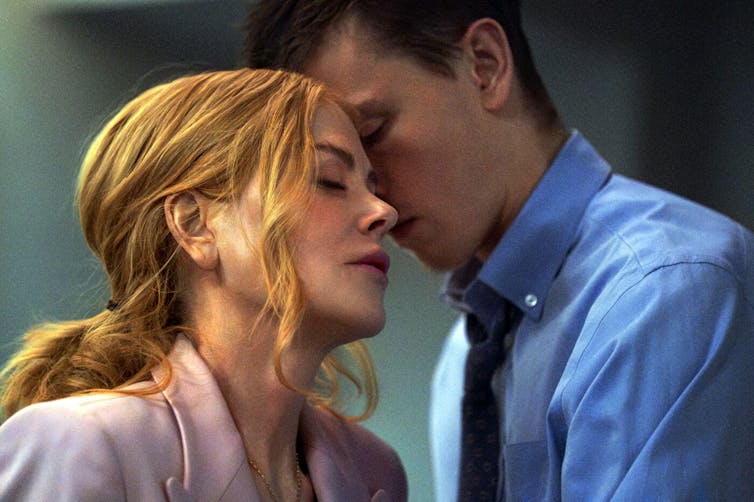
Lifestyle pictures/Alamy Stock Photo
Historically, when Hollywood depicted reverse age gaps, it often aimed to vilify the older woman. The Graduate (1967) exemplifies this, with Dustin Hoffman as a young man entrapped by Mrs. Robinson (Anne Bancroft), portrayed as a sad figure competing with her daughter for a man’s affection.
This negative portrayal is being challenged by a new wave of films that celebrate women over 40. Babygirl (2025) features Nicole Kidman, age 57, as a CEO involved with a 30-years-younger intern, breaking traditional stereotypes surrounding gender and power dynamics.
Similarly, Anne Hathaway’s character in The Idea of You finds romance with a 24-year-old pop star, presenting her daughter as supportive rather than adversarial, pointing out the double standards women face in such scenarios.

The year 2024 was labeled by some as “the year of the cougar” due to the launch of two Netflix romcoms: A Family Affair featuring Nicole Kidman alongside 36-year-old Zac Efron and Lonely Planet starring Laura Dern, 57, with 34-year-old Liam Hemsworth.
Despite this mockery online, the trend appears poised to expand. The forthcoming Bridget Jones sequel, Mad About the Boy, will depict Bridget (played by Renée Zellweger, in her 50s) dating a 29-year-old Leo Woodall. Additionally, I Want Your Sex, set for a 2025 release, will star Olivia Wilde, age 40, opposite 21-year-old Cooper Hoffman.
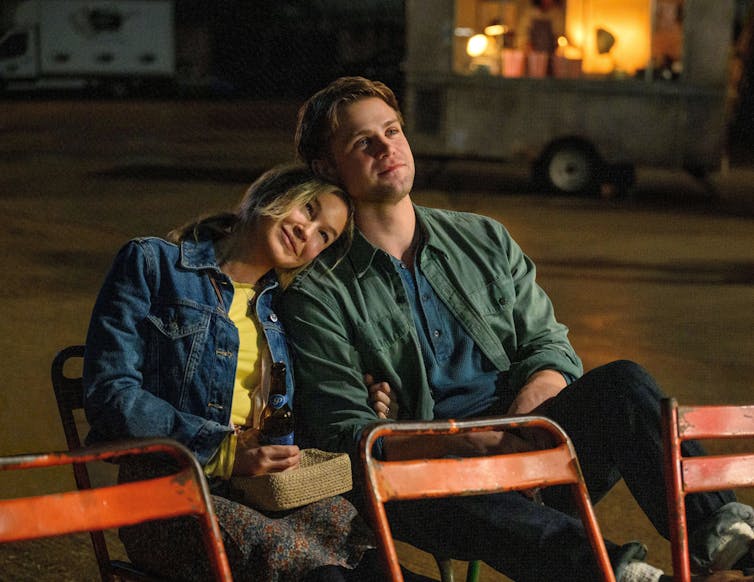
FlixPix/Alamy Stock Photo
Despite women making up only 23% of writers and directors in Hollywood, recent films that feature older women alongside younger men have seen an increase in female creatives in pivotal roles.
Lonely Planet and Babygirl were both directed and written by women (Susannah Grant and Halina Reijn), while A Family Affair and May December also had women as writers (Carrie Solomon and Samy Burch). I Want Your Sex and Mad About the Boy boast gender-diverse writing teams.
Enhancing women’s voices in cinematic storytelling is vital, especially as research reveals that women hold only 35% of speaking roles, with opportunities further diminishing past the age of 30.
Consequently, actresses such as Reese Witherspoon, Amy Adams, and Kerry Washington have established their own production companies, aiming to narrate stories that accurately reflect the breadth of women’s experiences, desires, and vulnerabilities, all while showcasing the richness and diversity of their relationships.
